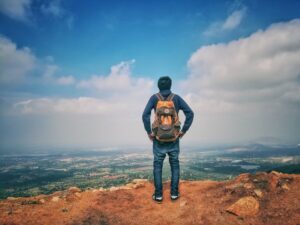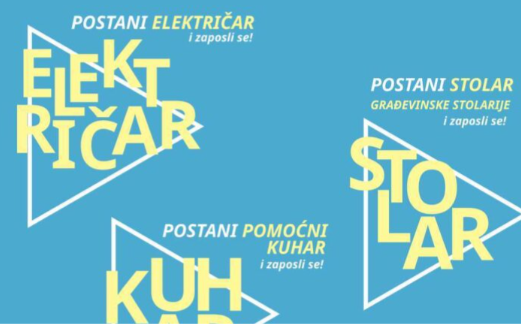Protecting half of the planet is the best way to fight climate change and biodiversity los
Humans are dismantling and disrupting natural ecosystems around the globe and changing Earth’s climate. Over the past 50 years, actions like farming, logging, hunting, development and global commerce have caused record losses of species on land and at sea. Animals, birds and reptiles are disappearing tens to hundreds of times faster than the natural rate of extinction over the past 10 million years.
Now the world is also contending with a global pandemic. In geographically remote regions such as the Brazilian Amazon, COVID-19 is devastating Indigenous populations, with tragic consequences for both Indigenous peoples and the lands they steward.
 My research focuses on ecosystems and climate change from regional to global scales. In 2019, I worked with conservation biologist and strategist Eric Dinerstein and 17 colleagues to develop a road map for simultaneously averting a sixth mass extinction and reducing climate change by protecting half of Earth’s terrestrial, freshwater and marine realms by 2030. We called this plan “A Global Deal for Nature.” Now we’ve released a follow-on called the “Global Safety Net” that identifies the exact regions on land that must be protected to achieve its goals. Our aim is for nations to pair it with the Paris Climate Agreement and use it as a dynamic tool to assess progress towards our comprehensive conservation targets.
My research focuses on ecosystems and climate change from regional to global scales. In 2019, I worked with conservation biologist and strategist Eric Dinerstein and 17 colleagues to develop a road map for simultaneously averting a sixth mass extinction and reducing climate change by protecting half of Earth’s terrestrial, freshwater and marine realms by 2030. We called this plan “A Global Deal for Nature.” Now we’ve released a follow-on called the “Global Safety Net” that identifies the exact regions on land that must be protected to achieve its goals. Our aim is for nations to pair it with the Paris Climate Agreement and use it as a dynamic tool to assess progress towards our comprehensive conservation targets.
As the world edges closer towards a sixth mass extinction, Indigenous communities stand to lose the most. Forest loss, ecotourism and devastation wrought by climate change have already displaced Indigenous peoples from their traditional territories at unprecedented rates. Now one of the deadliest pandemics in recent history poses an even graver additional threat to Indigenous lives and livelihoods.
To address and alleviate human rights questions, social justice issues and conservation challenges, the Global Safety Net calls for better protection for Indigenous communities. We believe our goals are achievable by upholding existing land tenure rights, addressing Indigenous land claims, and carrying out supportive ecological management programs with indigenous peoples.


